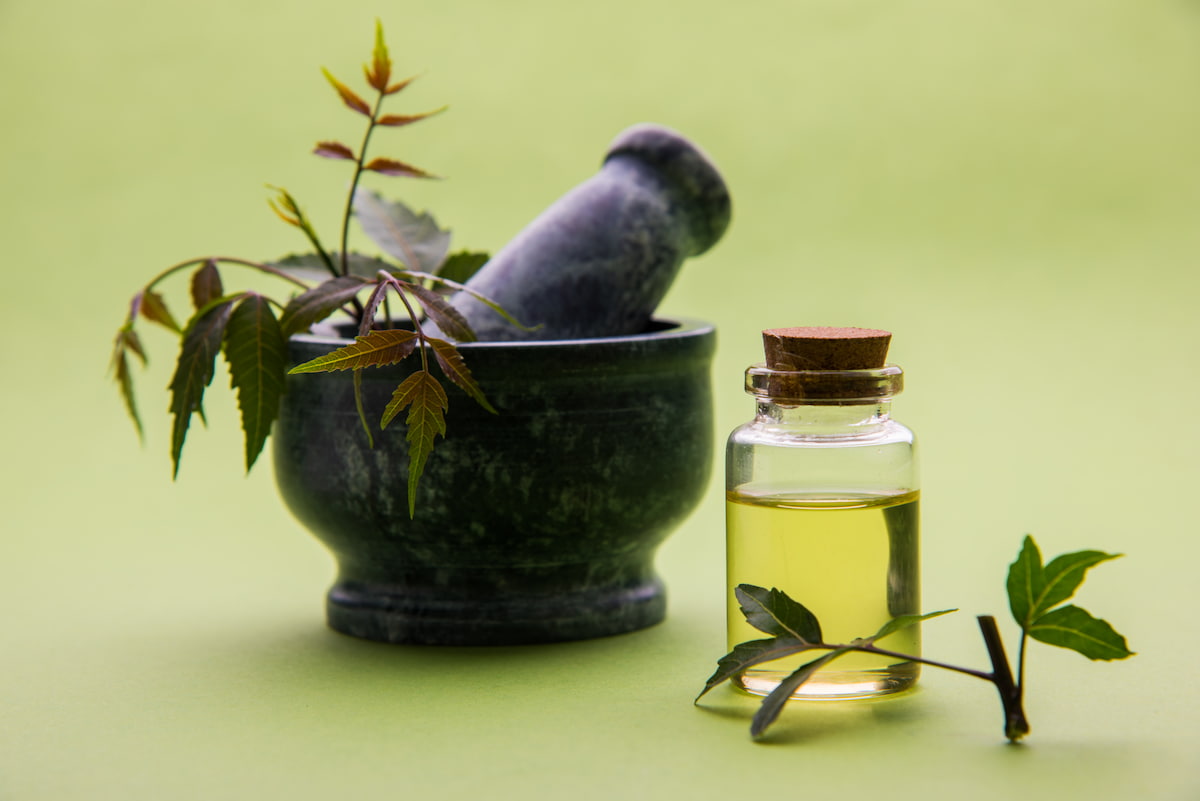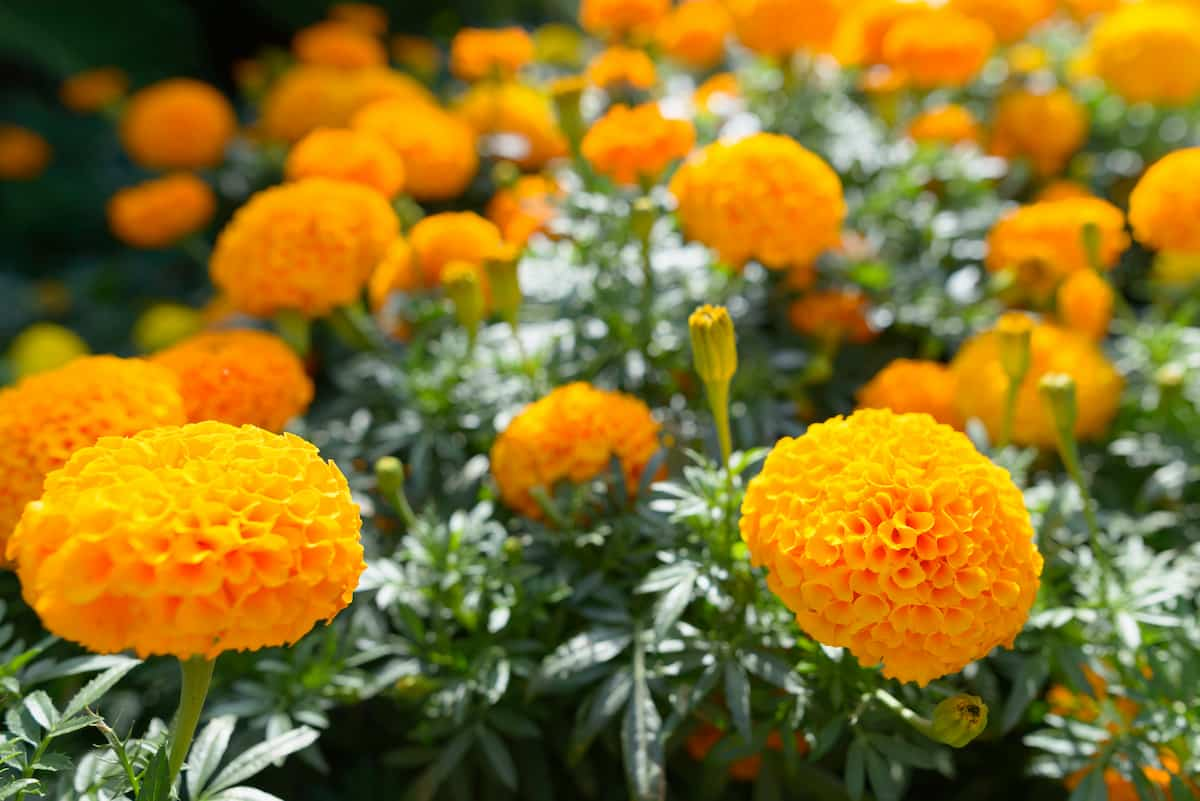Every farm has bugs and insects. Some bugs are beneficial — they prey on bad bugs and pollinate plants. Other insects, however, pose a threat. The presence of pests can damage the appearance of fruits and vegetables, making them difficult or impossible to consume. In some cases, pest damage can be so severe that the entire plant can be destroyed. Some gardeners spray pesticides to eliminate pests. Reduce and control pests without synthetic inputs by using alternative strategies.
An organic pest control method involves biologically and naturally controlling pests. It involves eliminating pests from your garden without using chemical pesticides or commercial non-organic pest control products. As a result, the plants you grow, the soil in which they grow, and the products you grow are much healthier and stronger. It is the most challenging task to get rid of pests organically. To make things easier, here are ten sure-fire organic pest control methods.
10 Organic Pest Control Solutions For Your Garden
Floating Row Covers
Insects are kept at bay by this translucent, white, porous polyester fabric while up to 80% of the available light is admitted. Floating row covers can protect plants during crucial stages, like when they are seedlings or when a pest is active. You could cover the crop for its entire life span, although this isn’t the best option for crops that require insect pollination.
Pests controlled: Row covers are particularly effective against mobile pests such as cabbage moths, Colorado potato beetles, aphids, bean beetles, flea beetles, squash bugs, and tomato hornworms. Combine row covers and crop rotation if you’re dealing with soil-borne pests.
Neem Oil
The seeds of neem trees produce a natural pesticide known as neem oil. As its active component, azadirachtin kills and prevents insects from reproducing. Among its many uses, neem oil combats powdery mildew, aphids, rust, spider mites, whiteflies, and beetles. Flowers, shrubs, ornamental trees, roses, fruits, and vegetables can all benefit from their use. It can also be used as a fungicide.

Sticky Traps
Traps like these consist of rigid materials coated with sticky substances that attract insects attracted to certain colors. Traps must be clean and sticky to be effective. A trap (hung at plant height and close to the plant) should also be used every 3 to 5 feet.
Pests controlled: Many insects are attracted to yellow traps, including whiteflies, fruit flies, male scale insects, leafhoppers, fungus gnats, midges, thrips, psyllids, and winged aphids. In addition to whiteflies, plant bugs, cucumbers, and flea beetles, white traps also attract other insects. Flower thrips are attracted to light blue traps, and apple maggots are attracted to red spheres.
Insecticidal Soap
Insecticidal soaps contain long-chain unsaturated fatty acids that dissolve insects’ skin. An insecticidal soap spray is a commercially formulated product specifically designed to control insects. The insecticidal soap must be applied to the insects while still liquid; once it dries, it has no effect. Be sure to spray only on pests and avoid hitting beneficial insects.
Pests controlled: Mites, aphids, whiteflies, and other soft-bodied insects can be effectively controlled with insecticidal soap sprays, as can some insects with tough bodies in their nymphal stages.
Dormant Oil Sprays
Pests are suffocated by oil sprays. Direct contact with the pest is needed for the oil spray to be effective. During the dormant season, use dormant oils to destroy insect pest eggs and disease spores on bare branches. Using a lighter-weight, more refined horticultural oil is best for treating growing plants. Unlike dormant oils, lighter oils evaporate more quickly and are less likely to damage plants.
Pests controlled: Aphids, moths, beetles, leaf miners, caterpillars, thrips, leafhoppers, and whiteflies can be controlled with horticultural oils.
In case you missed it: Organic Garden Pest Control: DYI Step-By-Step Guide

Bacillus Thuringiensis
A naturally occurring bacterial species, Bacillus thuringiensis, lives in soil. Many different types exist; some can kill certain types of insects. When a target insect bites a plant sprayed with the kind of BT the insect is sensitive to, it becomes infected and stops feeding. A protein released by the bacterium inside the insect causes it to die within a few days.
Pests controlled: BTs are effective against only a specific type of insect (or group of insects) and only if the insect consumes the BT. Hundreds of caterpillar species are killed by BT var kurstaki, including cabbage loopers, tomato hornworms, cabbage worms, corn earworms, European corn borers, and squash vine borers. BT var tenebrionis kill Colorado potato beetles.
Diatomaceous Earth
Diatomaceous Earth (DE) is formed by fossilizing the skeletons of microscopic aquatic organisms. Silica is a natural substance in Earth’s crust that makes up their skeletons. When applied directly to the plants, this organic pest control method acts as tiny pieces of glass that kill bugs. Soft-bodied insects like aphids and caterpillars are harmed by the sharp particles, which cause them to dehydrate and eventually die. The silica in Diatomaceous Earth also works on hard-bodied bugs such as cockroaches, fleas, and beetles.
Parasitic Nematodes
It is important not to confuse these beneficial nematodes with destructive root-knot nematodes. Within a day or two, parasitic nematodes release bacteria that kill the insect host. These good nematodes naturally occur in soil, but there is usually not enough of them in one place to control pests.
Pests controlled: Nematodes attack armyworms, corn earworms, squash vine borer larvae, weevils, root maggots, and cutworms (in their soil-living stages).
Beneficial insects
- Brachonids, chalcids, and ichneumon wasps: They destroy caterpillars that eat leaves.
- Ladybugs: They consume whiteflies, mites, and aphids.
- Lacewings: Lacewing larvae feed on aphids and other insect pests, and they are avid aphid consumers.
- Hover-flies: Aphids and other pest insects are avidly consumed by hover-flies and their larvae.
Companion Planting
Companion planting involves growing certain plants together to benefit one or both. Pests are repelled or lured away by some plants. Pest-controlling insects eat some of them.
- Insects that kill aphids are attracted to marigolds. Aphids are also discouraged by alliums and petunias.
- In addition to leafhoppers and asparagus beetles, marigolds and petunias also repel tomato hornworms and squash bugs. Next to your basil and tomato plants, plant petunias.
- Nasturtiums and Chrysanthemums repel aphids, beetles, ants, and cabbage loopers.
- Insects are trapped and eaten by carnivorous plants, such as pitcher plants.
In case you missed it: Pest Management in Organic Farming: Controlling Natural and Sustainable Way

Conclusion
The first step is identifying the invader when pests overrun your vegetable garden. Take a picture of the pest and compare it with others on the internet, or contact a local garden expert. Once you have identified the pest, you can take proactive measures to protect your garden. The use of chemicals, minerals, and strategic gardening techniques can all be used as organic pest control methods.
- Feed Your Flock for Less: Top 10 Tips to Save on Chicken Feed
- Ultimate Guide to Ossabaw Island Hog: Breeding, Raising, Diet, and Care
- Hatching Answers: The Top 10 Reasons Your Chickens Aren’t Laying Eggs
- Eggs and Economics: Breaking Down the Cost of Raising Backyard Chickens
- Defend Your Greens: Proven Methods to Keep Iguanas Out of Your Garden
- Ultimate Guide to Cinnamon Queen Chicken: A Comprehensive Guide for Beginners
- Ultimate Guide to California Tan Chicken: Breeding, Raising, Diet, Egg-Production and Care
- Ultimate Guide to Marsh Daisy Chicken: Breeding, Raising, Diet, and Care
- 10 Types of Chicken Farming Businesses You Can Start for Profits